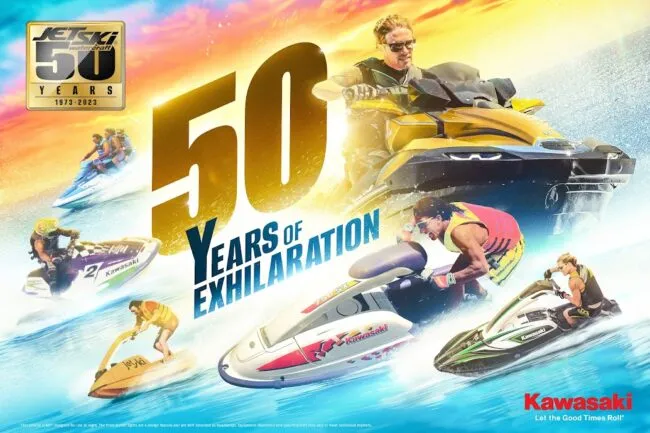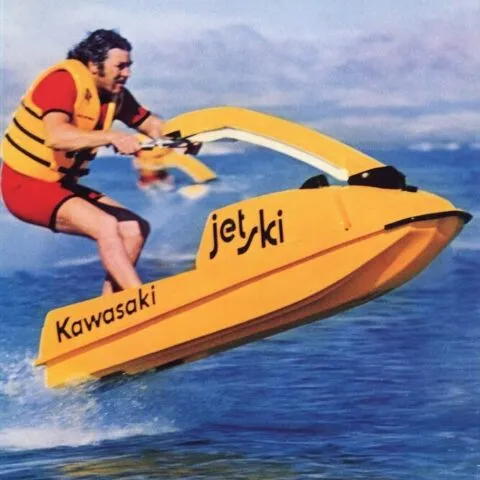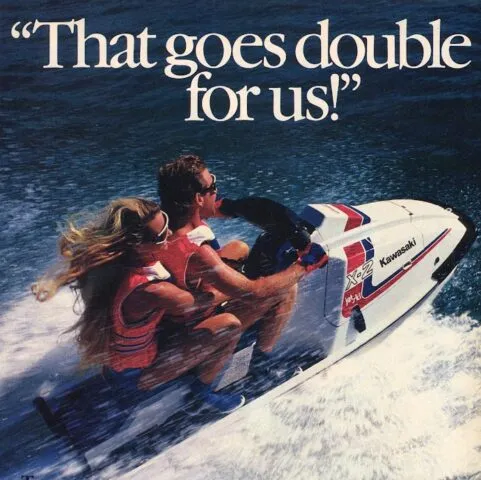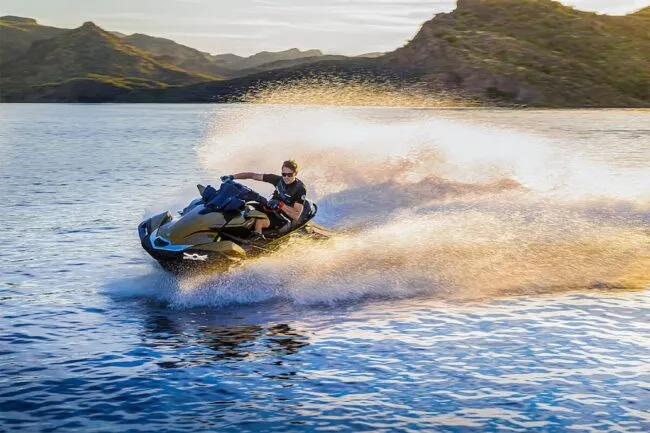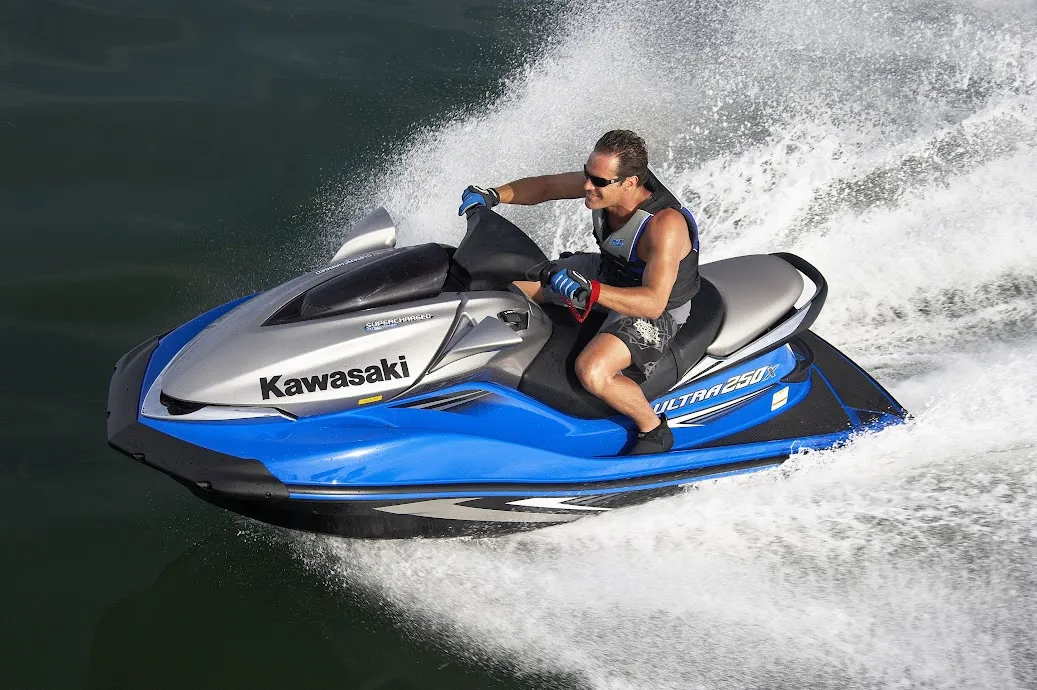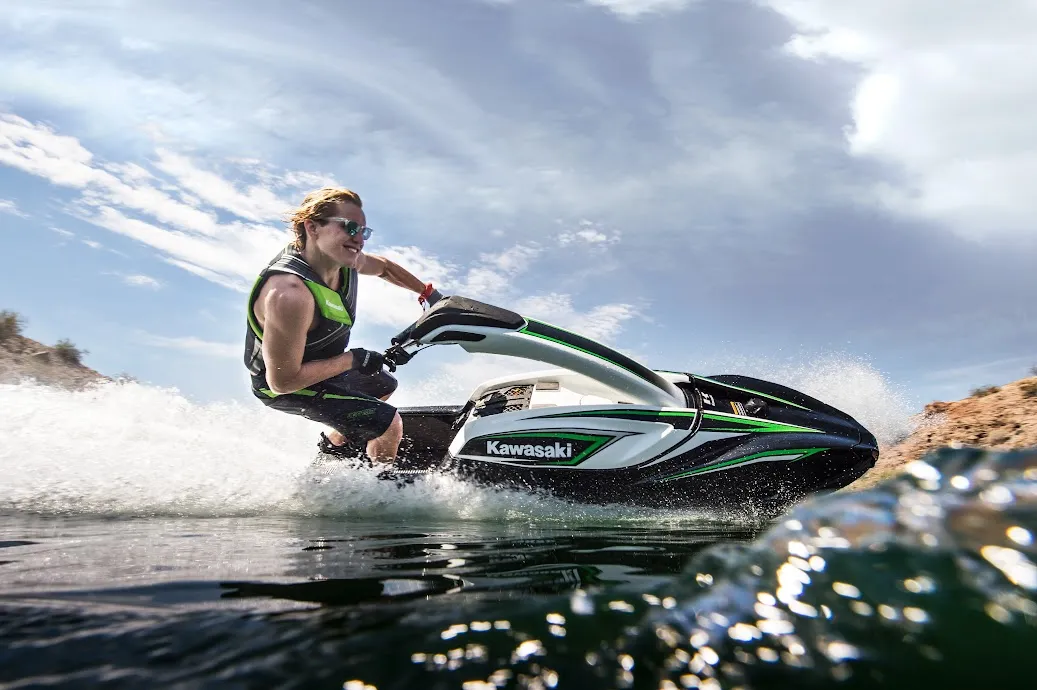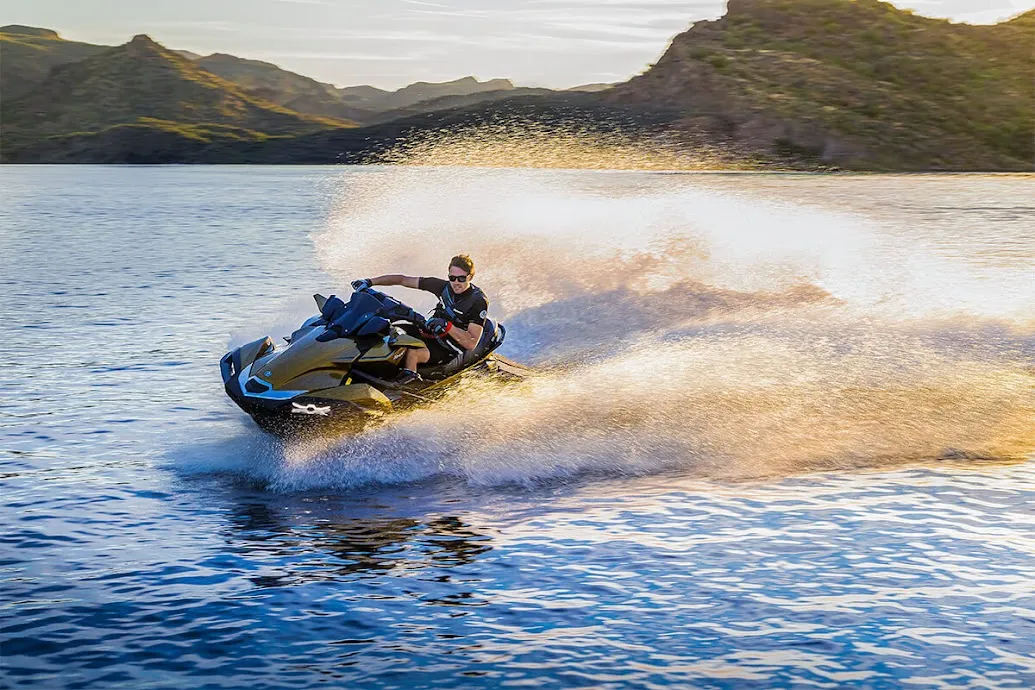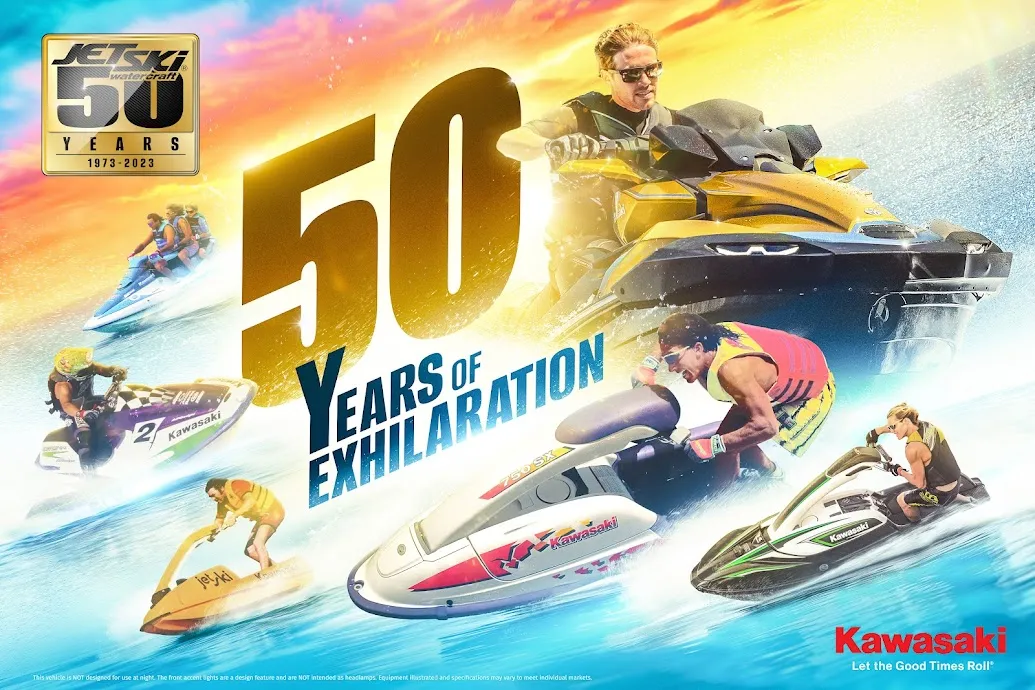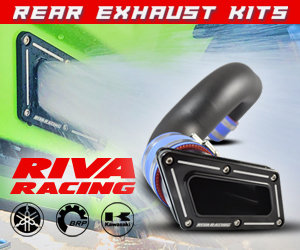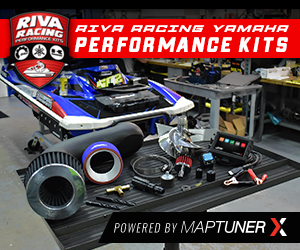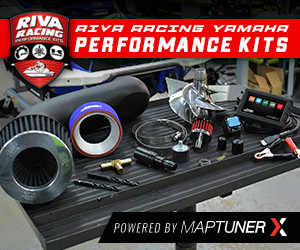The year was 1973. The average family income in the United States was just under $13,000 a year, gasoline was about $0.40 cents a gallon, and Kawasaki’s newly minted R&D Department in Southern California had developed a prototype stand-up JetSki that would change the course of history.
Based on the designs of Clayton Jacobsen II – the U.S-born former Marine, engineer, and powersports enthusiast who is universally credited as the inventor of the jet ski – Kawasaki was the first company successful in bringing the concept of a jet pump driven personal watercraft to the masses. Kawasaki began producing JetSki hulls from Sheet Molded Compound (SMC) in 1975, and they continue to produce their hulls in a similar method.
It all started with the 1973 WSAA (flat hull) and the WSAB (deep-V hull) 400cc stand-up JetSkis. These 200 pound two-stroke skis generated a lot of interest in these new “motorcycles for the water.” In 1976 Kawasaki’s manufacturing facility in Lincoln, Nebraska began full production of the JS400 stand-up. Weighing in at 244 pounds, and measuring just over 7 feet long, the JS400 featured the same two-cylinder 400cc two-stroke engine found in the WSAA/WSAB, producing a whopping 24.5 horsepower.
Kawasaki continued production of their heritage two-stroke stand-up JetSkis for nearly 40 years, ending production in 2011. Throughout the long-lived production run, Kawasaki continued to make improvements and changes to their stand-up design, culminating in the release of the Special Edition 800 SX-R JetSki.
Due to tightening environmental restrictions, Kawasaki was forced to end production of their two-stroke JetSki engines. In 2016 Kawasaki introduced the industry’s most powerful 4-stroke stand-up – the SX-R 1500, which is capable of speeds over 60 mph.
In 1986, Kawasaki was credited with introducing the first mass-produced “sit-down” personal watercraft- the Kawasaki X2. This two-passenger watercraft enjoyed a 9-year production run from 1986 to 1995. Powered by a 650cc two-cylinder two-stroke engine, the X2 weighed in at just over 275lbs and measured in at just over 7 feet long.
Along the way, Kawasaki released some strange – albeit iconic – watercraft that have gained cult-like followings. The Kawasaki Jet Mate was a small 9’ x 5’ jet pump powered boat-like vessel first released by Kawasaki in 1989. Between 1989 and 1992 only about 1,200 of Jet Mates were produced. Powered by a 52 horsepower 635cc two-cylinder engine, the 527-pound Jet Mate was controlled by a joystick- and could accommodate three riders at once.
In 1991 Kawasaki released a two-passenger side-by side watercraft known as the Kawasaki Sport Cruiser (also known as the “Sea Couch”, “Spine Crusher”, and “Super Chicken.”) Powered by the same 635cc two-stroke found in the Jet Mate and 650SX, the Super Chicken measured in at 9’ x 4’ and weighed 441 pounds. Either rider could take control of the Super Chicken via its articulating, rectangle-shaped steering wheel.
In 1994 the 750 ST hit the market as Kawasaki’s first 3-seater runabout. While the 1995 two-seater 900 ZXi was the first JetSki to utilize Kawasaki’s new three-cylinder 891cc two-stroke engine. The STX line was born in 1997 with the 1100 STX, producing 120 horsepower from its 1100cc three-cylinder two-stroke powerplant shared with the venerable 1100 ZXi.
The Ultra 150 and 130 were the first JetSkis to feature the “Ultra” marque, although they shared their deck and hull design with the ZXi line. In 2007, the naturally aspirated 160-horsepower Ultra LX and the supercharged Ultra 250x made their debut. These skis were powered by a marinized 1,498 4-cylinder DOHC supercharged and intercooled engine – derived from the Ninja ZX-14.
The first generation of the Kawasaki Ultra LX enjoyed an iconic 15-year production run from 2007 to 2022, establishing the Ultra line as a capable and reliable ski for touring and rough water riding. Over this same period the Supercharged and Intercooled line of Ultras grew from 250 to 310 horsepower. Kawasaki Ultras are known for their class-leading horsepower and their deep-V hull design, which features Sheet Molded Compound (SMC) and gelcoat.
In 2011, the Ultra 300 was born as the first personal watercraft to utilize an Eaton Twin Vortices Series roots-type supercharger. Continual upgrades to the Ultra’s 1,498cc engine and cooling system resulted in the release of the Ultra 310 in 2014. For 2022, Kawasaki released the second generation of the Ultra 310 JetSki, modernizing the platform while keeping the iconic hull almost entirely unchanged.
While the personal watercraft industry has undergone numerous shifts and brands have come and gone the past 50 years, Kawasaki has continued to produce JetSkis that provide generation after generation with “Good Times on the Water.” From their first stand-ups to their supercharged runabouts – Kawasaki has obviously been doing something right for the past 50 years.





